June 21, 2025 | 06:05 GMT +7
June 21, 2025 | 06:05 GMT +7
Hotline: 0913.378.918
June 21, 2025 | 06:05 GMT +7
Hotline: 0913.378.918
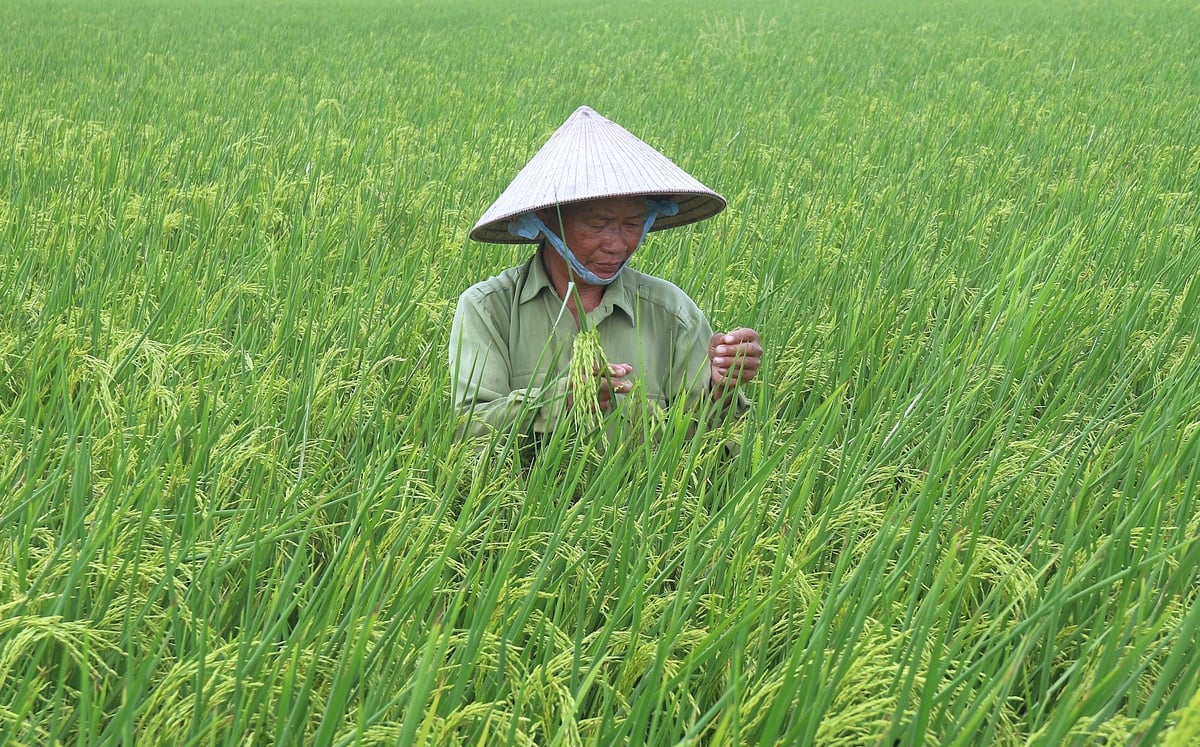
Agricultural production is increasingly affected by climate change. Photo: Pham Hieu.
Many have said that farming without understanding the weather, without being able to foresee rain, storms, wind, or sunshine, is like walking in the dark. And that concern became the driving force behind the team of experts and engineers at WeatherPlus Joint Stock Company, who began their journey of “reading the sky’s pulse” exactly a decade ago.
Starting out as a small private enterprise, WeatherPlus defined its core philosophy as providing the most reliable weather services to the people, especially farmers. From its earliest days in 2015, the company utilized mobile networks to send weather updates and market prices directly to farmers' phones in rural areas nationwide. Two years later, WeatherPlus was officially licensed to operate in meteorological forecasting and early warning services, marking the start of a journey to professionalize its capacity to “read the sky and interpret the earth.”
WeatherPlus has since built a network of automated weather monitoring stations across key agricultural production zones. These stations do more than measure rainfall; they also record critical indicators such as humidity, temperature, wind, and solar radiation, with data updated every hour. This localized data allows for hyper-targeted forecasts, tailored to specific fields, crop varieties, and planting schedules, right down to individual farming households.
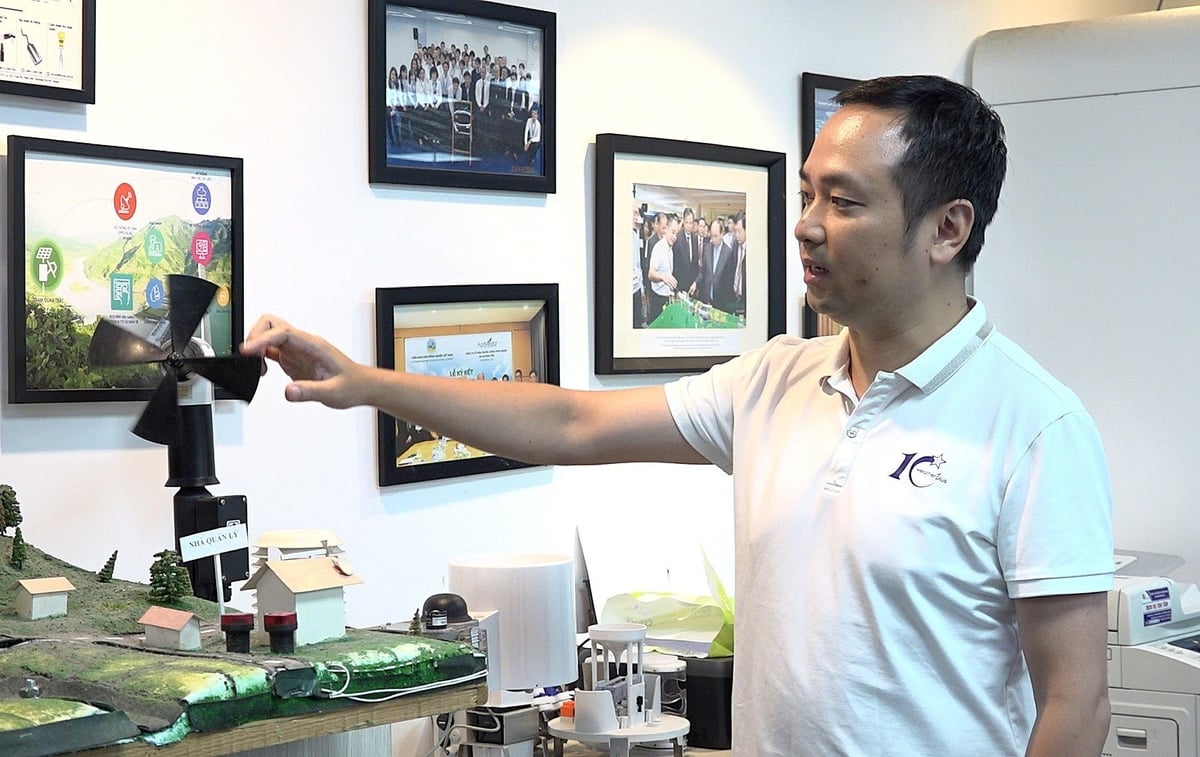
According to Mr. Nguyen Ngoc Quang, WeatherPlus has established a network of automatic monitoring stations across key agricultural production areas nationwide. Photo: Pham Hieu.
Recalling the historic rice blast outbreak in Ha Tinh in 2017, Mr. Nguyen Ngoc Quang, Chief Product Strategy Officer at WeatherPlus, still vividly remembers the deep sense of sorrow he shared with local farmers. That unprecedented event not only caused severe losses but also marked a turning point in the company's approach to agriculture.
"At the time, farmers applied pesticides according to the traditional farming calendar, but then it rained heavily for an entire week. Rice blast disease broke out, the crops collapsed, and there was nothing that could be done to save them," Mr. Quang recalled, his voice heavy with emotion. "Meanwhile, our automatic monitoring station in Thach Ha District had already issued a warning. The data indicated a high likelihood of rain – the perfect condition for rice blast to develop. If the farmers had sprayed just a few hours earlier, things could have turned out very differently."
It was this shared pain and frustration that led WeatherPlus to enter a new chapter, forming deeper partnerships with national meteorological agencies, sharing data, and expanding early warning systems to reach farmers quickly and at no cost, especially in remote and underserved areas with limited access to technology.
In the Mekong Delta, Loc Troi Group, one of Vietnam’s leading rice production and value chain integrators, began collaborating with WeatherPlus several years ago. With approximately 200,000 hectares of contracted rice fields, having access to timely and accurate weather information is not just a technical requirement, but a critical factor in disease management.
“According to traditional farming schedules in southern Vietnam, Loc Troi typically applies pesticides 3 to 4 times per crop,” shared Mr. Nguyen Ngoc Quang. “If we can cut just one application thanks to accurate rain forecasts, the entire region could save tens of billions of VND each season. For large-scale farming areas, adjusting the spraying schedule even once can mean a decision worth billions of VND. That’s why accurate forecasts of rain and storms not only protect crops - they also protect farmers’ profits.”
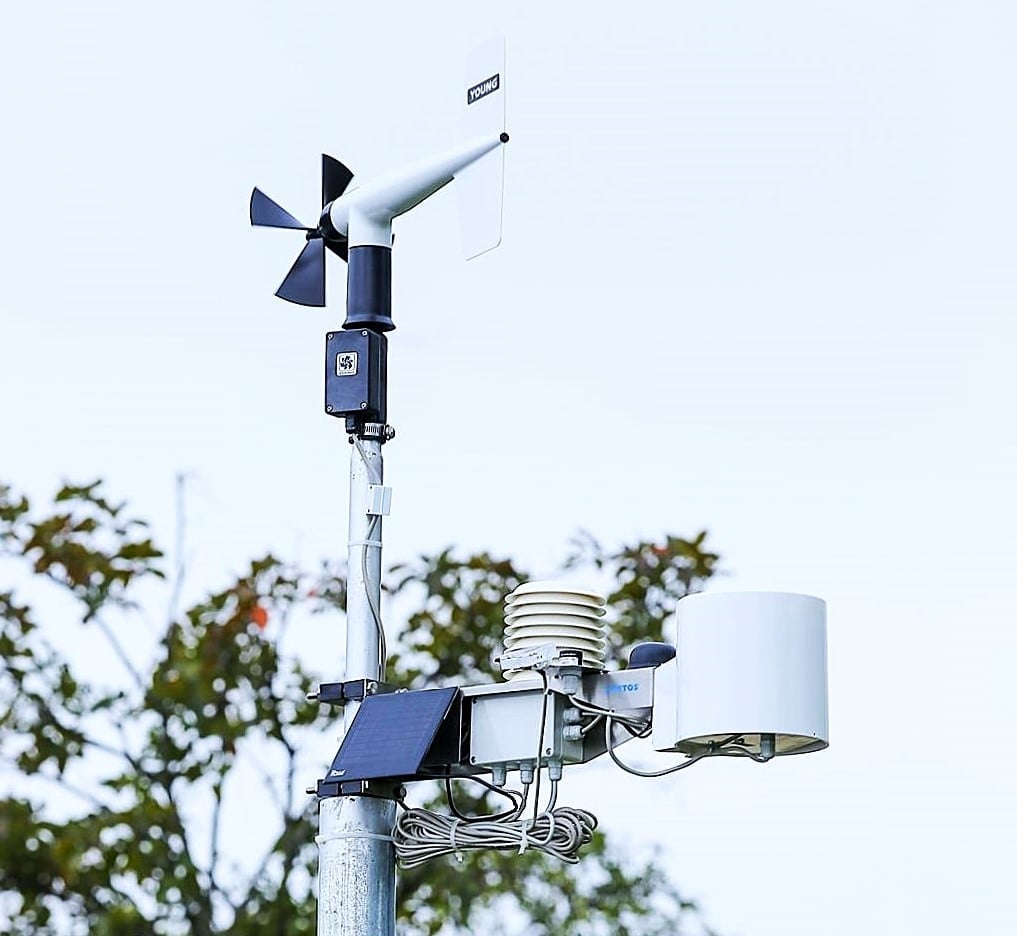
These monitoring stations not only measure rainfall but also record key parameters such as humidity, temperature, wind, and solar radiation — updated hourly. Photo: Pham Hieu.
In the northern mountainous region, climate change is bringing increasingly erratic and unpredictable extreme events such as frost and heatwaves. In the past, frost would appear roughly once every five years. Now, it can occur every two years, posing a serious threat to long-term crops like coffee.
To address this, WeatherPlus has partnered with international organizations to deploy early frost warning systems in Dien Bien and Son La - the highland coffee hubs. These monitoring stations not only collect data but also track humidity, temperature, and air pressure to detect abnormal patterns and issue frost alerts up to three days in advance.
“This real-time information allows farmers to take protective action, such as covering crops, when cold mists unexpectedly descend at midnight. For highland communities, coffee is often their most valuable asset. So each early warning is like a renewed hope for a more bountiful harvest,” a WeatherPlus representative shared.
WeatherPlus has not only stood by farmers through outbreaks and stormy seasons, but is also steadily building a “meteorological ecosystem for agriculture” across three key regions of Vietnam.
In the northern mountainous areas, WeatherPlus's monitoring systems are supporting the cultivation of industrial crops, especially coffee, a crop increasingly affected by climate change.
In the Central Highlands, vast coffee fields and durian orchards are closely monitored by a network of weather stations. Meanwhile, in the Mekong Delta, WeatherPlus focuses on rice and durian, two major export commodities under growing pressure from extreme weather fluctuations.
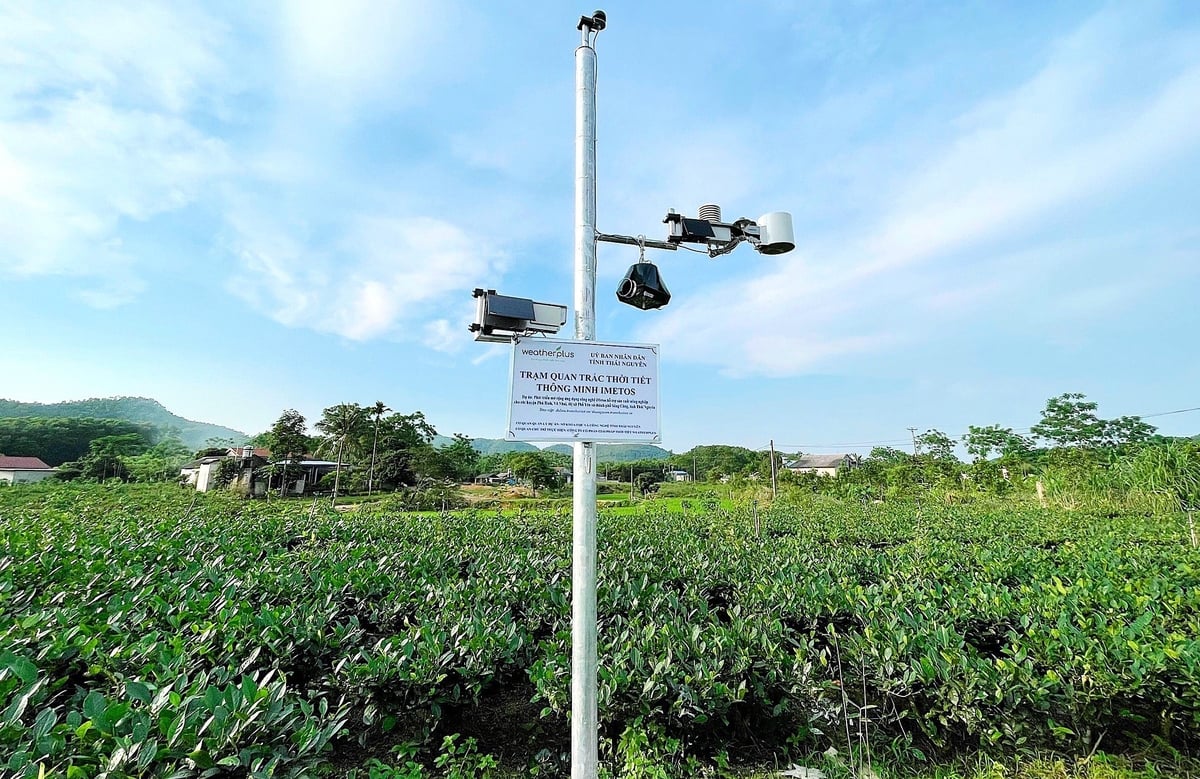
WeatherPlus is gradually building a “meteorological ecosystem for agriculture.” Photo: Pham Hieu.
To improve forecast accuracy, WeatherPlus continuously strengthens its on-the-ground weather monitoring network while deepening collaboration with national meteorological and hydrological agencies, which possess radar systems, satellite data, and foundational datasets that are crucial for accurate forecasting.
Through these partnerships, tailored early warning systems for agricultural production are being gradually developed. These are not generic alerts, but forecasts translated into actionable guidance for farmers, such as spraying pesticides one day earlier, postponing fertilization by half a day, or temporarily pausing harvest activities.
“Beyond data, WeatherPlus has a team of agricultural experts capable of connecting meteorological information directly to each field, garden, and crop,” said Mr. Nguyen Ngoc Quang. “They don't just deliver weather warnings - they provide practical advice on what crops to grow in specific areas, when to plant, when to fertilize, and when to harvest, in alignment with local soil and climate conditions.”
One of the biggest current challenges for WeatherPlus is the lack of synchronized data infrastructure. The national monitoring system mainly measures rainfall, whereas agricultural production requires much more information such as wind, temperature, insects, pests, and soil moisture.
As a private enterprise, WeatherPlus cannot “cover the entire country,” so it has chosen to focus deeply on solving specific problems for individual businesses. Some areas need frost warnings, others require optimized planting schedules, and some want to reduce pesticide use... Each place faces a different “pain point,” and WeatherPlus designs tailored solutions for each unique “case.”
Translated by Phuong Linh
![Turning wind and rain into action: [10] Advancing accessible climate services for farmers](https://t.ex-cdn.com/nongnghiepmoitruong.vn/608w/files/linhnhp/2025/06/20/1911-z6704423696987_15fd32ffc26d590d204d520c9dac6786-nongnghiep-161854.jpg)
(VAN) Not only does it help farmers 'avoid droughts and rains,' the development of agricultural climate services also enhances their ability to proactively adapt to a rapidly changing climate.
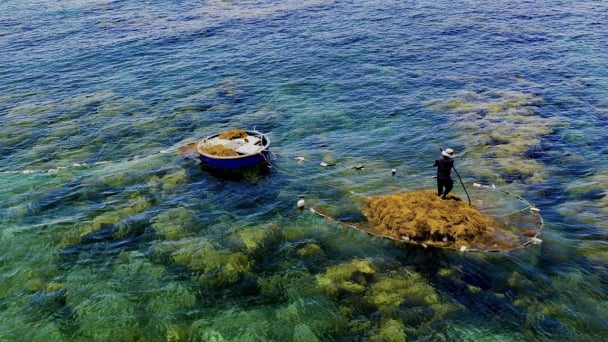
(VAN) With international assistance, the harvesting of sargassum seaweed in Quang Ngai has become increasingly regulated, thereby safeguarding marine life and ensuring the stability of coastal communities' livelihoods.
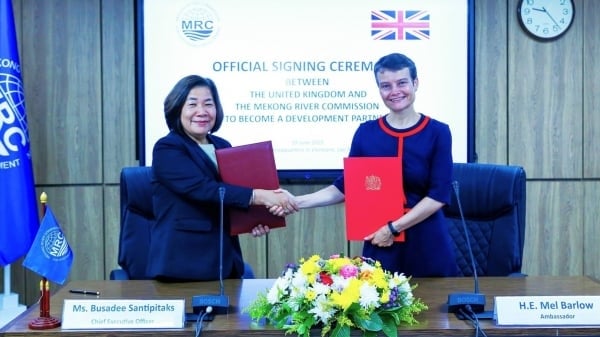
(VAN) On June 19, the United Kingdom officially became a Development Partner of the Mekong River Commission.
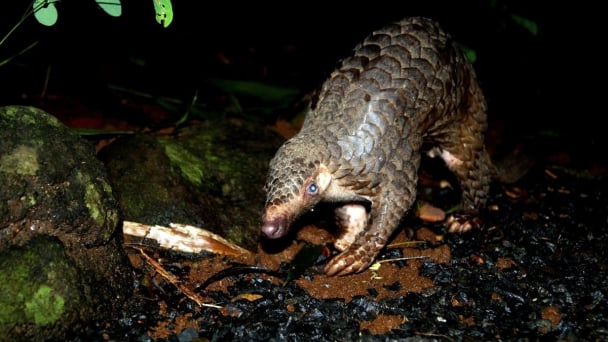
(VAN) Biodiversity is being threatened by traditional remedies made from wildlife. Traditional medicine and humans must change to live in harmony with nature.
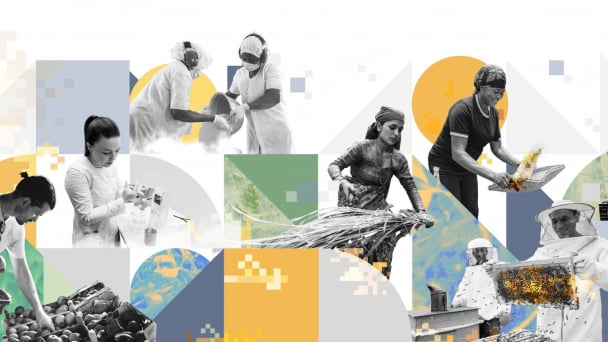
(VAN) Agrifood investment and finance solutions for people and the planet.

(VAN) Microplastic contamination has become pervasive in seafood, posing unprecedented challenges for food safety and marine ecosystems.